We all know that dogs are genetically close to wolves. Wolves are the symbol of the wild and untamed world in many cultures. Many domesticated dog breeds are the complete opposite of their wolf ancestors. They might resemble wolves in appearance, but are calm, gentle, and even-tempered.
Wolves are pretty large in size, weighing around 60 to 145 pounds. While some dogs are smaller than their ancestors, other breeds are as big as wolves or even bigger!
Do you know? The gray wolf is the largest member of the wolf family. It is an endangered breed whose habitat has grown smaller. An English Mastiff is larger than the gray wolf.
But are there domesticated dogs that rival the gray wolf in size? Yes! There are some dog breeds that match or even exceed the gray wolf’s size. Let’s get into the details.
Have a look at these 7 dog breeds that are bigger than wolves.
Dog Breeds Who are Bigger than Wolves
1. Irish Wolfhound

Breed Profile
Breed Group: Hound group
Prey Drive: High
Shedding Level: Moderate
Life Expectancy: 6 to 8 years
Irish wolfhounds top the list of dog breeds larger than wolves. They are the tallest breed in the dog world, originally bred to hunt wolves and elk. Generally, the dog outweighs wolves by 30 to 60 pounds.
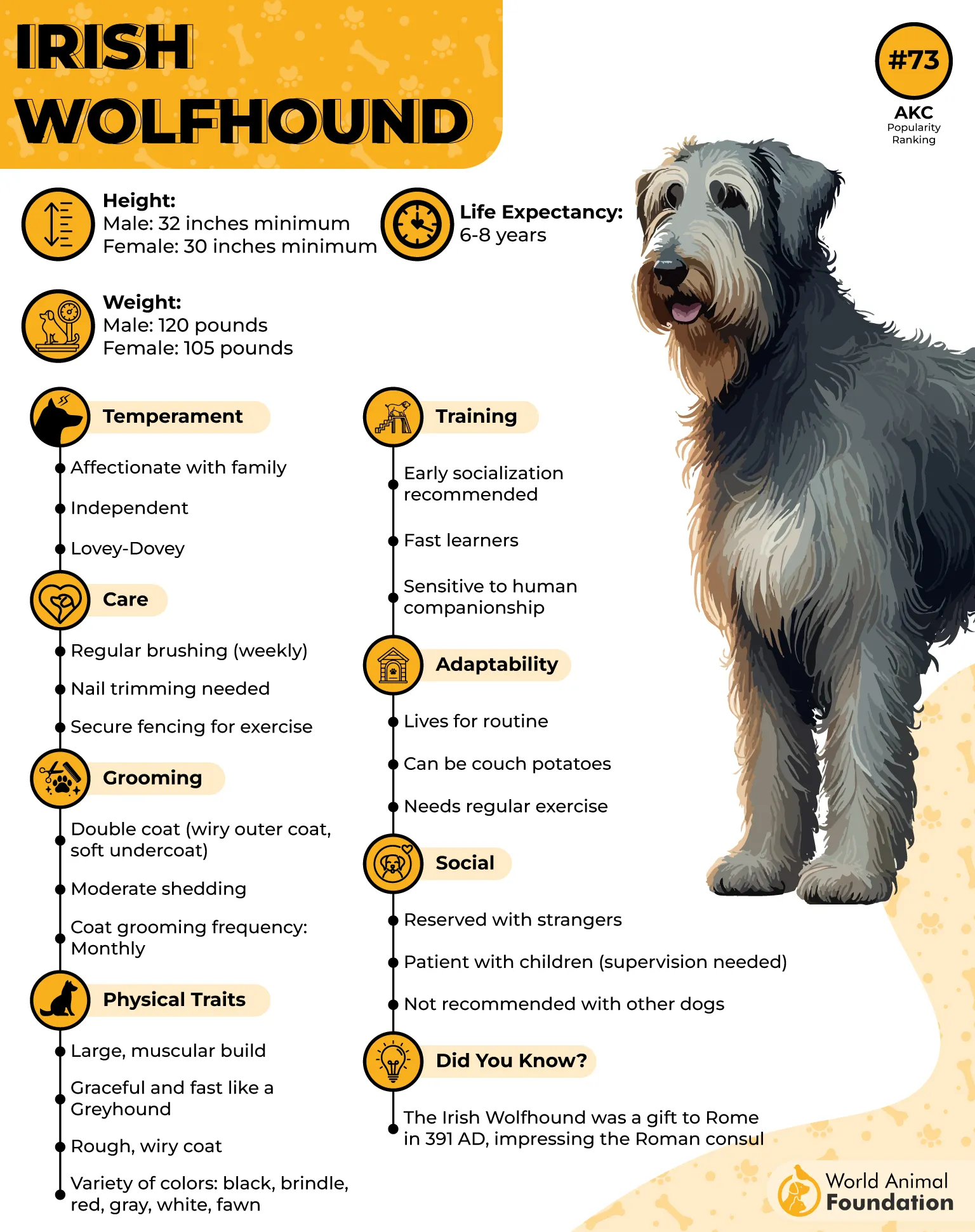
Average wolf males stand around 30 inches tall, whereas an Irish Wolfhound male is a minimum of 32 inches in height, as per the AKC. Despite having a history as hunting dogs, Irish Wolfhounds are the true “gentle giants.” They are keen, relaxed, and eager to learn, and form good bonds with their owners.
Irish Wolfhounds are patient around children. Their calm and friendly demeanor makes them an excellent pet for families. They possess strength, agility, and speed. Irish Wolfhounds need around 1 to 1.5 hours of exercise every day.
2. Saint Bernard
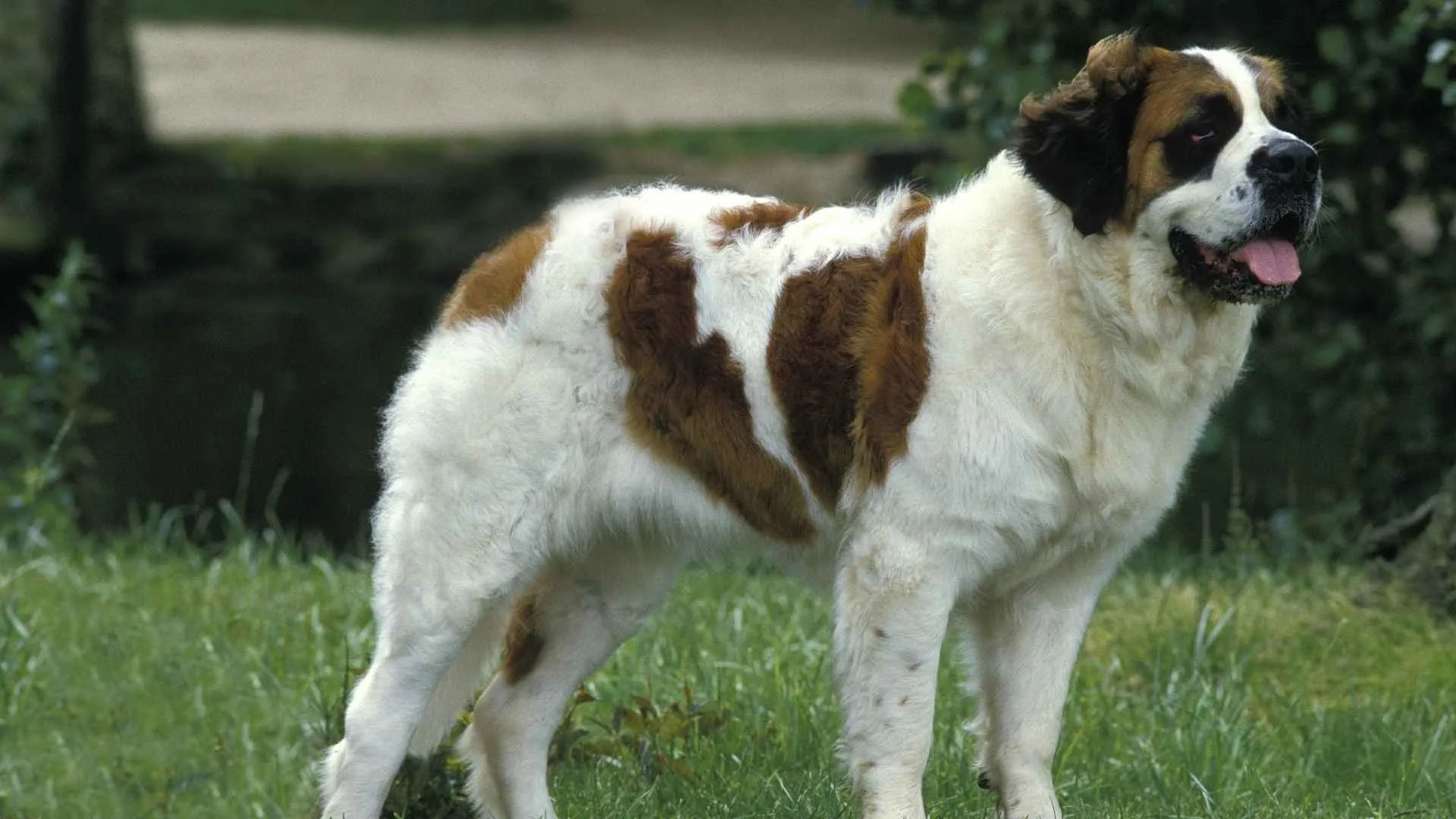
Breed Profile
Breed Group: Working group
Prey Drive: Low
Shedding Level: Moderate
Life Expectancy: 8 to 10 years
The Saint Bernard is an American working dog breed, often used as an emotional support or service dog. These big boys match the height of a gray wolf. Male Saint Bernards weigh around 140 to 180 pounds, surpassing a wolf’s weight by around 40 pounds.
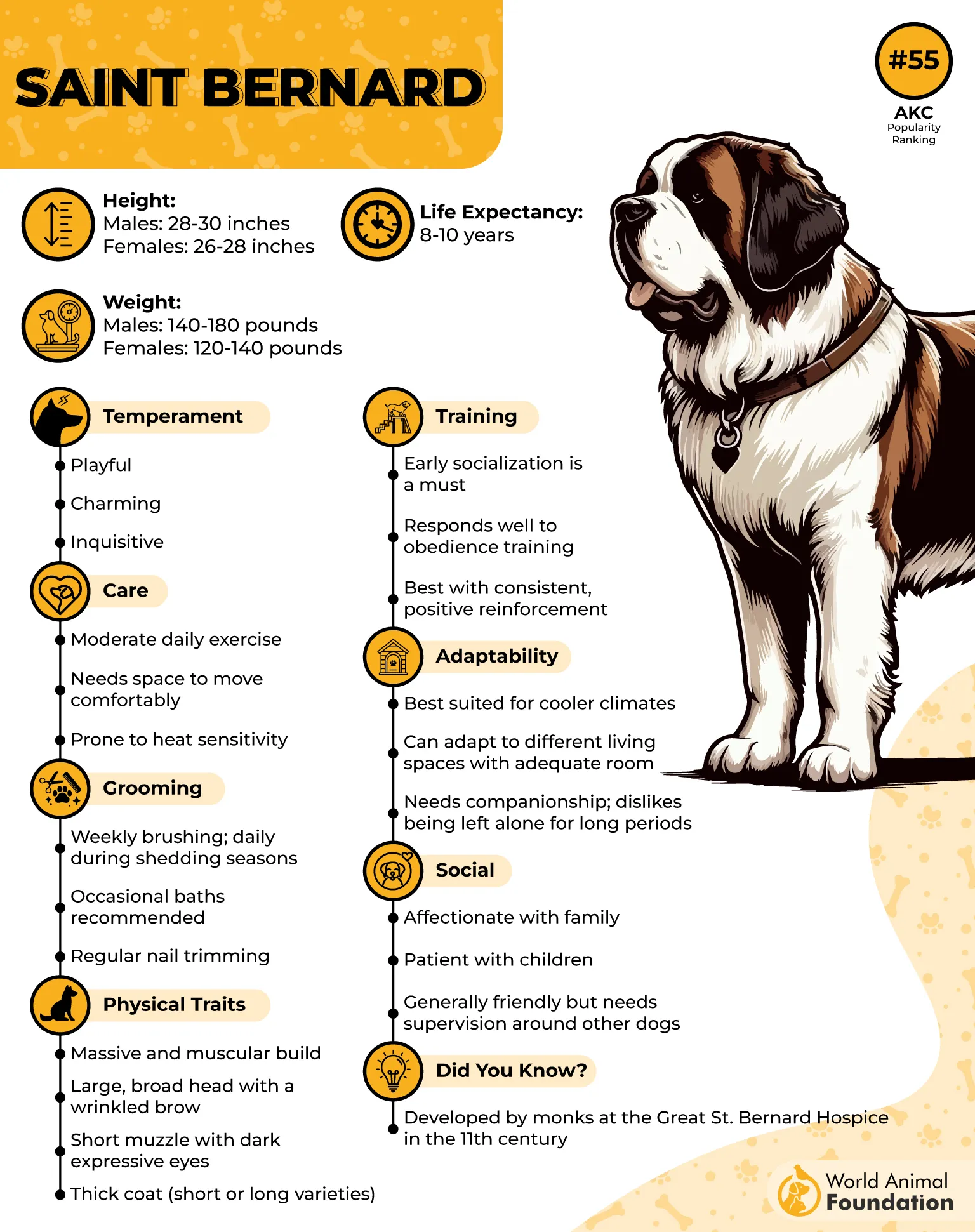
They were originally bred for search and rescue operations in the Swiss Alps. Their strength and stamina allowed them to work in rugged terrains and carry out life-saving missions in the snow. Their protective instincts make them excellent guard dogs.
By nature, they are the true “gentle giants.” Saint Bernards are affectionate dogs with a gentle disposition. They go well with families of any size. They shed and drool a lot, but their loving nature makes up for those slobbery smooches.
3. Great Dane
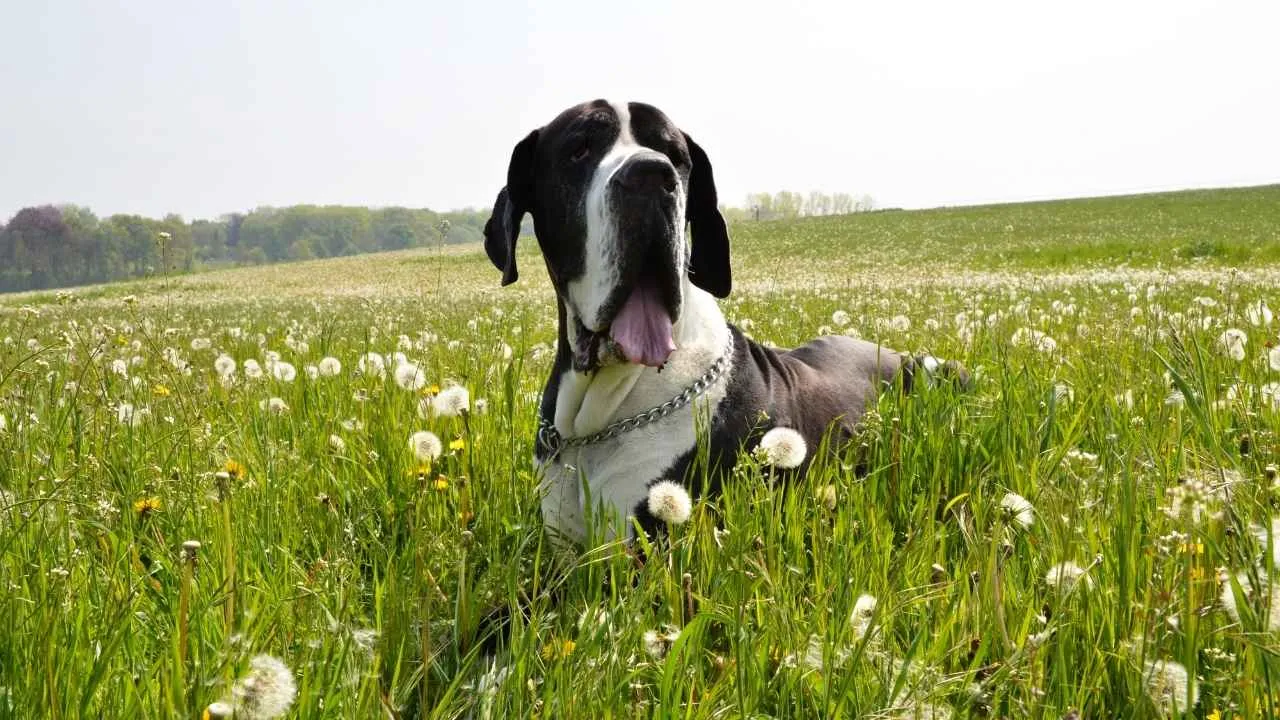
Breed Profile
Breed Group: Working group
Prey Drive: Moderate to high
Shedding Level: Moderate
Life Expectancy: 7 to 10 years
The “Apollo of dogs,” the Great Dane, is a popular dog breed having grandeur and elegance. Having a height of around 32 inches, they are taller than a wolf. A male Great Dane can have an average weight of 140-175 pounds, around 30 to 40 pounds more than a wolf.
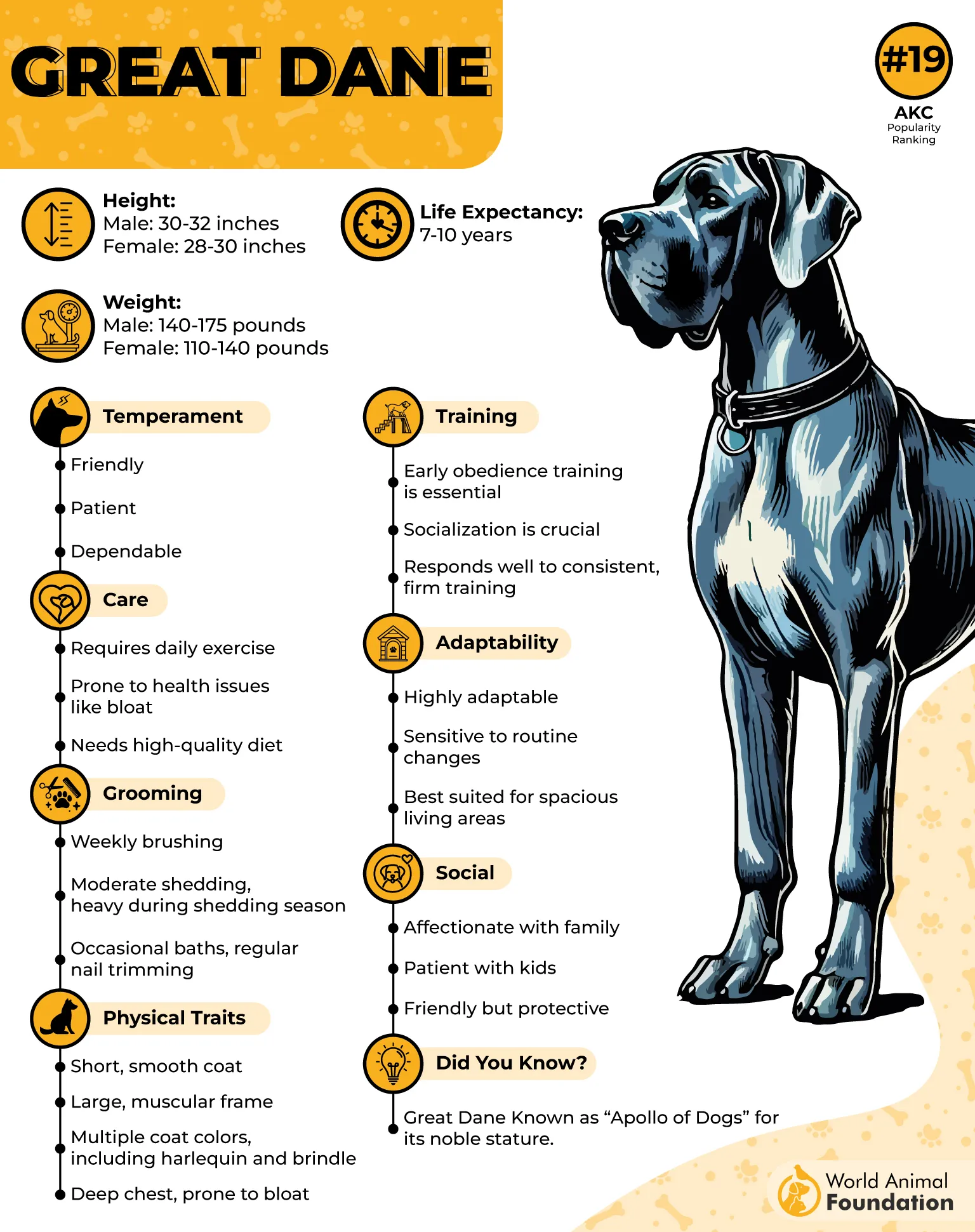
Great Danes were the hunting dogs used to hunt boars and bears in the past. Now, they are cherished as family pets. They are gentle and loving towards their owners. Great Danes are highly sought for their affectionate nature.
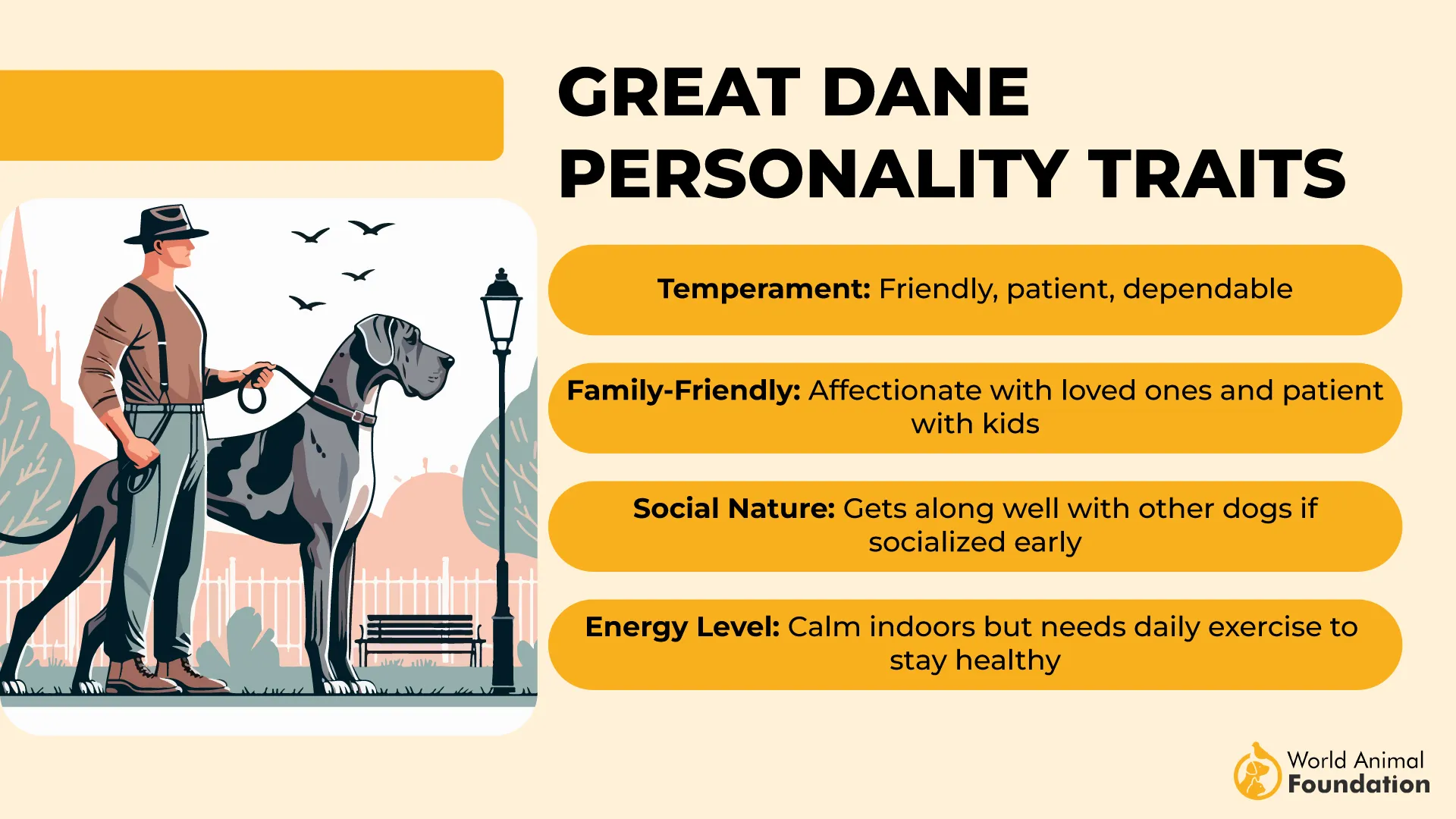
They get along well with children. Despite having an intimidating size, they think of themselves as lap dogs. You must supervise a Great Dane around kids and vulnerable adults, as they are often unaware of their strength and can accidentally knock them over.
4. Leonberger
Breed Profile
Breed Group: Working group
Prey Drive: Moderate
Shedding Level: High
Life Expectancy: 7 years
Leonberger is a majestic dog breed having courage and dignity. It was originally bred as a symbol of the town of Leonberg in Germany. Leonberg males stand taller than gray wolves in height and outweigh them by 60 pounds. Females tend to be a bit smaller, but they also outweigh wolves by at least 20 pounds.
Combining a lion’s appearance and a dog’s gentle and friendly temperament, Leonbergers are playful and affectionate dogs. They are always eager to please their owners. Their thick mane and strong build can easily scare away the intruders.
However, they are very kind-hearted. According to PetMD, Leonbergers are calm and quiet dogs. But they still require exercise once a day for physical and mental stimulation. Their thick double coat needs to be brushed every day to prevent matting.
5. Anatolian Shepherd
Breed Profile
Breed Group: Working group
Prey Drive: Low
Shedding Level: Moderate
Life Expectancy: 11 to 13 years
Anatolian Shepherds were bred to protect livestock against wolves and other predators in the rugged landscapes of Turkey. Males weigh 110 to 150 pounds, which means they are 10 to 50 pounds heavier than females. Their height is almost equal to that of gray wolves.
These muscular dogs are extremely intelligent. Anatolian Shepherds are devoted and loyal to their families. However, they can be a little wary of strangers. Their love for family and ability to protect make them excellent guard dogs.
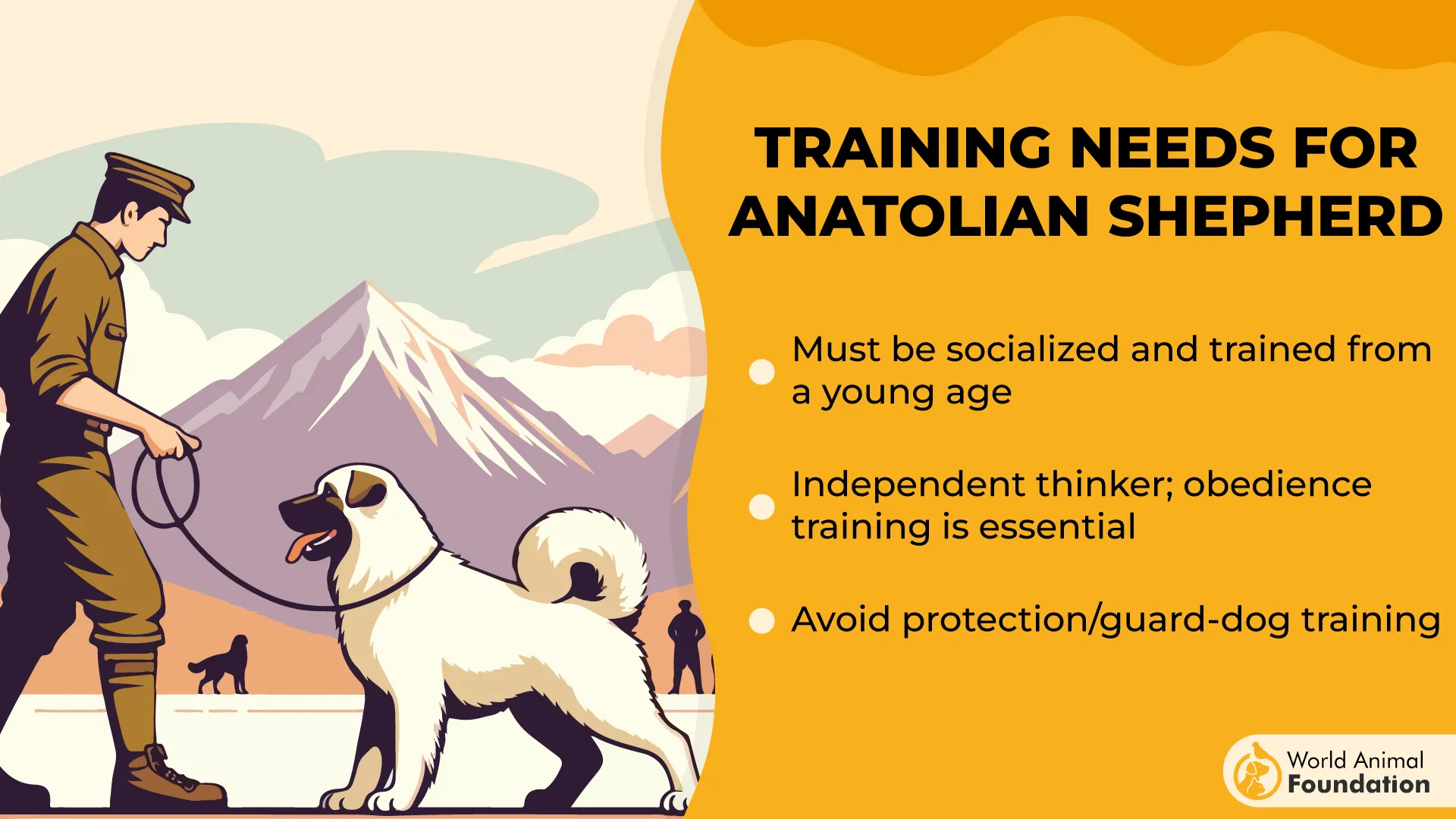
Anatolian Shepherds are independent thinkers—they like making decisions on their own rather than at the shepherd’s cues, says Purina. It means they have a stubborn streak and cannot be trained easily. That is why Anatolian Shepherds are unsuitable for novice pet parents.
6. Newfoundland
Breed Profile
Breed Group: Working group
Prey Drive: Low to moderate
Shedding Level: High
Life Expectancy: 9 to 10 years
Newfoundlands are known for having a giant teddy-bear-like appearance. Weighing up to 150 pounds, Newfoundland dogs are 50 pounds heavier than wolves. Despite their imposing stature, they are calm dogs with a gentle demeanor.
Hailing from Canada, Newfies worked alongside fishermen due to their love for swimming. Even today, they are used in water rescue operations due to their strength. Newfoundland dogs need at least 30 to 60 minutes of exercise every day to stay healthy and happy.
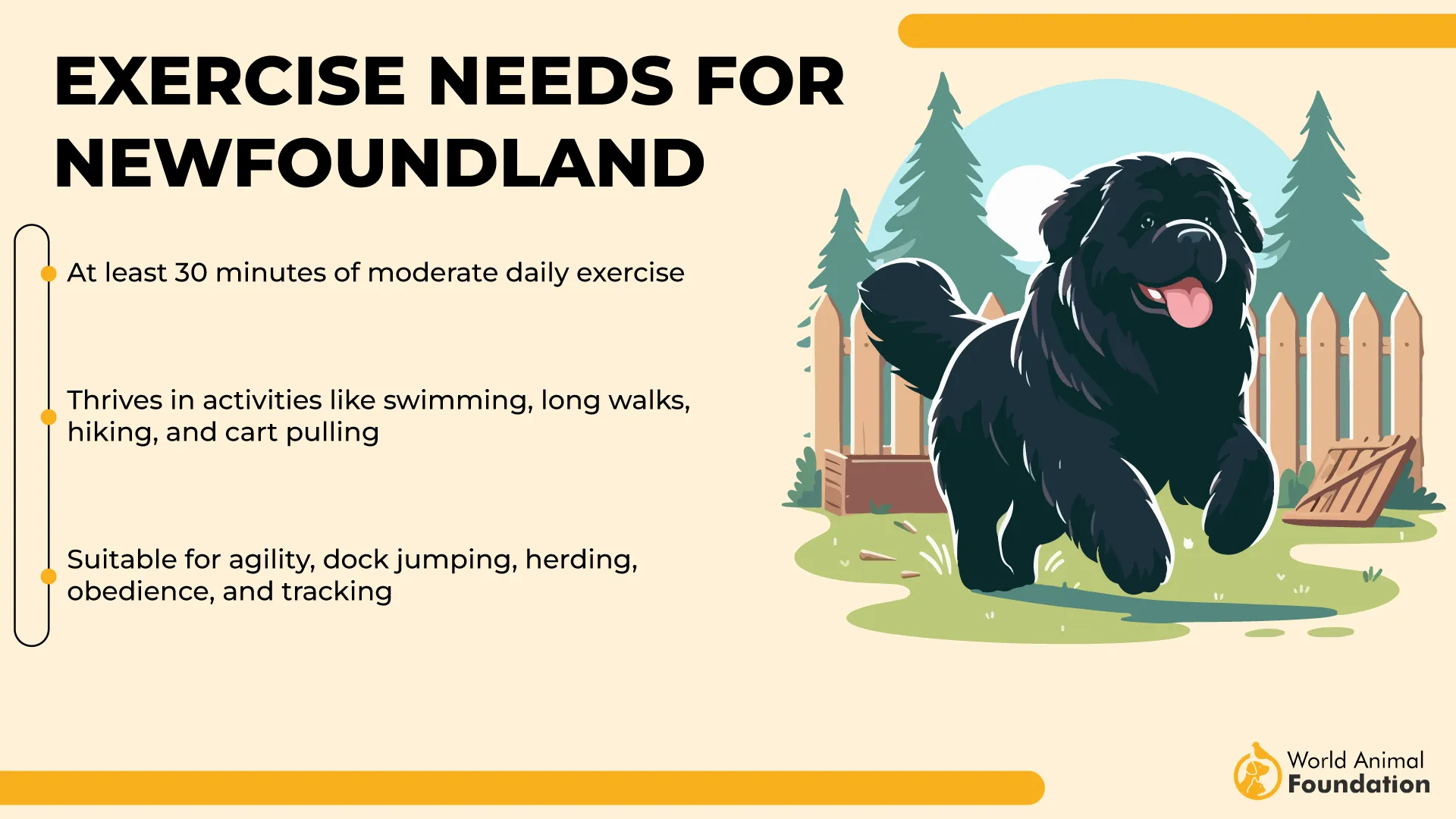
Newfies have a heart as big as their size. They are highly sought for their friendliness and intelligence. They make ideal pets for homes with kids and adults of all ages. Newfoundland dogs are a great pick for first-time dog owners.
7. Mastiff
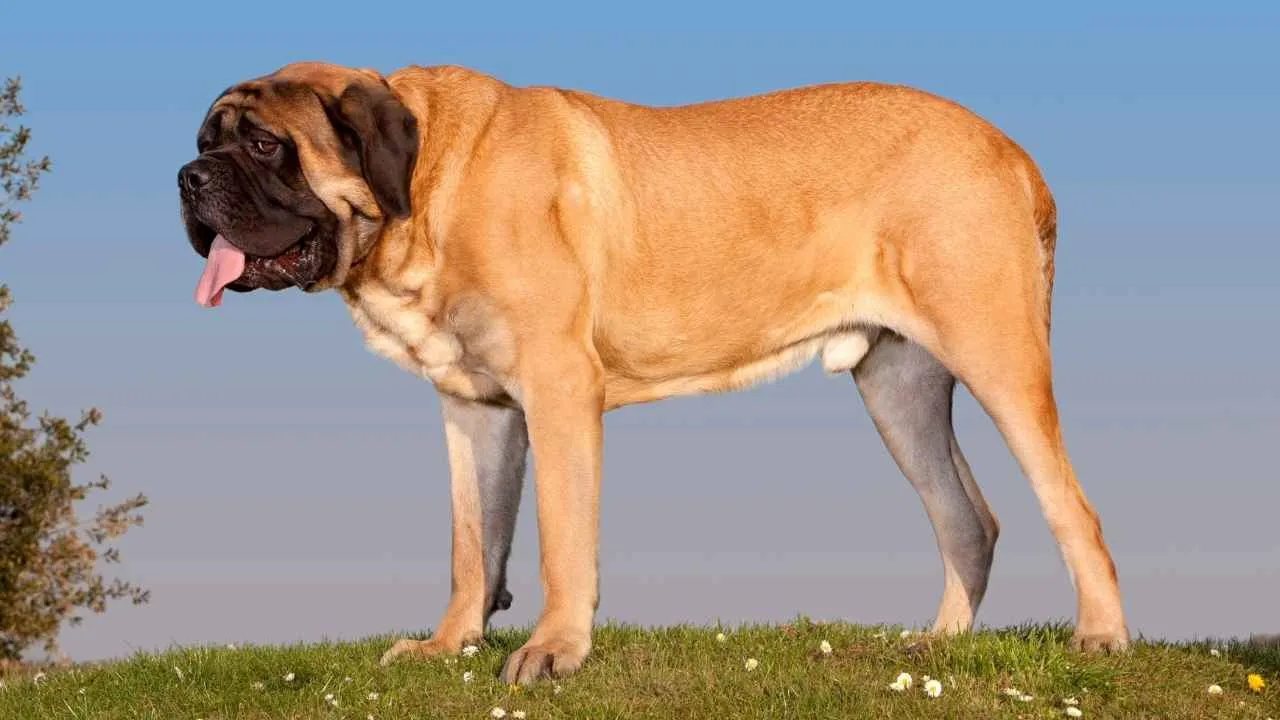
Breed Profile
Breed Group: Working group
Prey Drive: Low
Shedding Level: Moderate
Life Expectancy: 6 to 10 years
The mighty Mastiffs are the working dogs having roots in fighting. Adult mastiff males are as tall or taller than wolves and can outweigh them by 50 pounds or even more. While mastiffs may not be as agile as wolves, they take the lead in size.
The modern-day mastiffs are the gentle giants, but they have a violent history. In the past, they were used to defeat large predators like bears, tigers, and lions. Mastiffs are protective and patient by nature, which makes them wonderful guard dogs.
They are impeccable with children and make perfect nanny dogs. Mastiffs can be great companions and can adjust well to any lifestyle with the help of proper training and socialization. They are not overly energetic, so one hour of exercise will be enough to keep them healthy. Britannica suggests that exercise should include interactive play or walking.
Conclusion
Several dog breeds can surpass in weight and height from their wolf ancestors. Despite their imposing size, these breeds have become calm and friendly. Their affectionate demeanor has turned them into true “gentle giants.”
If you are planning to adopt a large dog breed, consider training and socialization to make them well-behaved. Treat them nicely and shower them with unlimited love!


